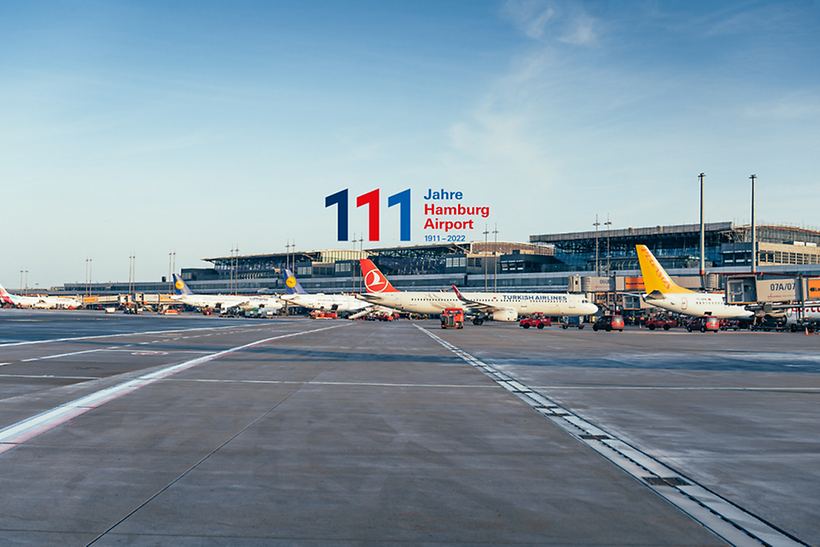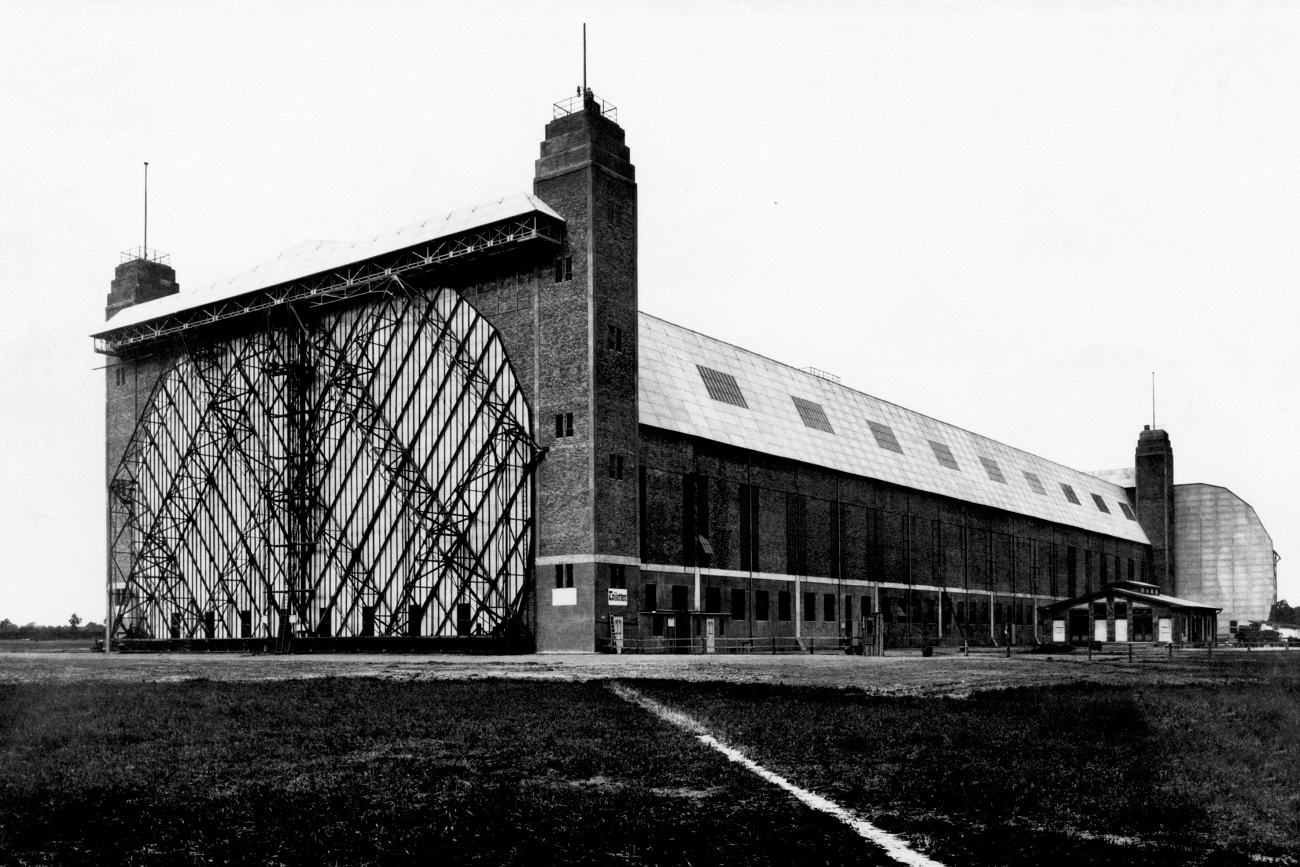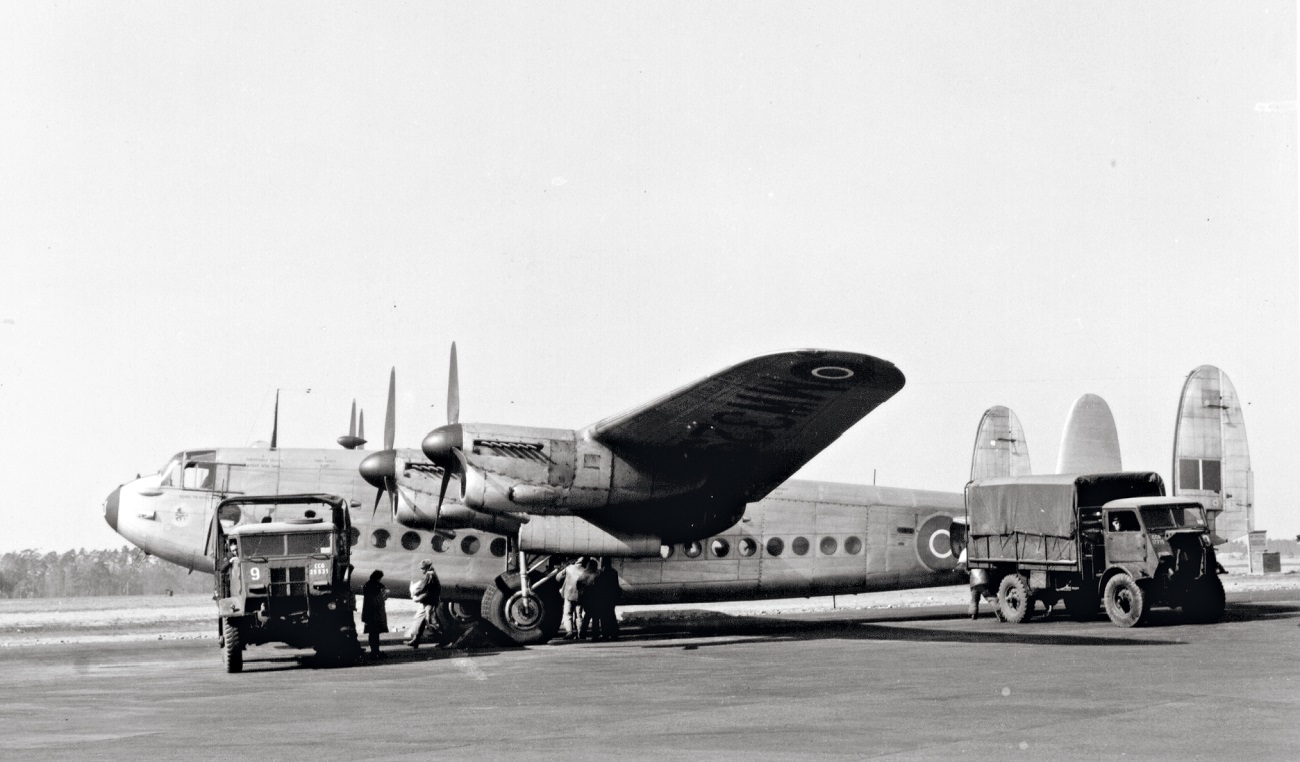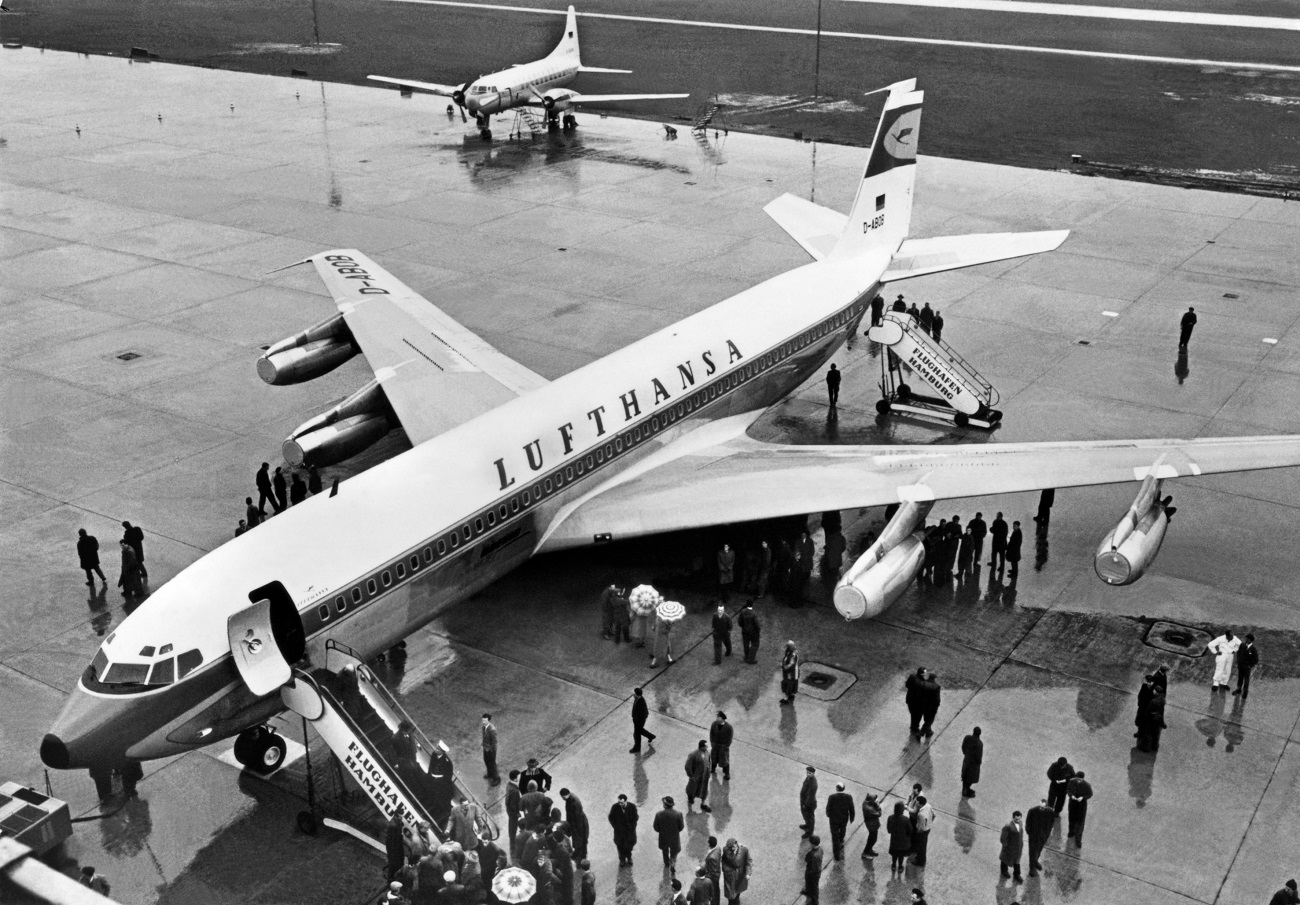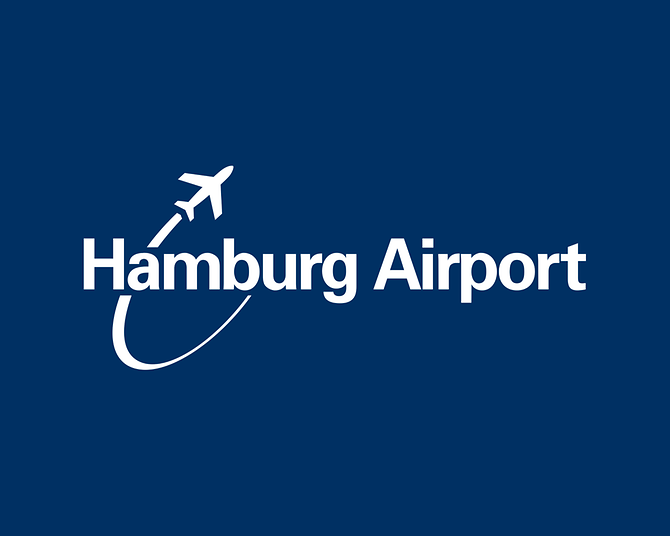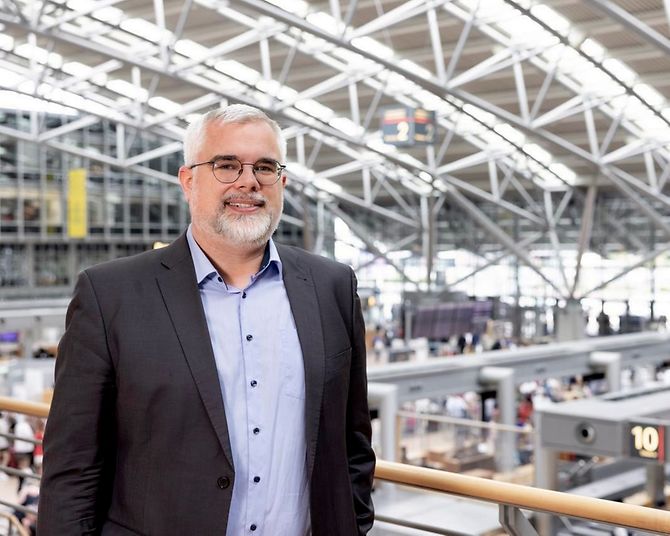Hamburg Airport: an eventful history stretching back more than a century
Turning 111 years old today, Hamburg Airport looks back on special milestones
10.01.2022
Hamburg Airport counted exactly 241 passengers in 1920, the year when records began – in 2019, there were more than 17 million. And today, the airport is celebrating its 111th birthday. This makes it one of the oldest international commercial airports in the world, and it is still located at the original site. Happy Birthday Hamburg Airport!
The history of Hamburg Airport began in March 1910, when Count Ferdinand von Zeppelin enthusiastically addressed a large gathering of Hamburg residents about the future of airships. His appeal bore fruit, and on 10 January 1911, the company Hamburger Luftschiffhallen GmbH (HLG) was founded – and Hamburg Airport was born. The first airship hangar was constructed on a grassland site of almost 45 hectares close to the village of Fuhlsbüttel – the same site where the first airships took off from in 1912. A big festival was held for the opening of the Zeppelin hangar in 1912.
The Zeppelins were soon supplanted by the first aircraft
Kitted out in a scarf, helmet and flying goggles, up to five passengers would take off in an open biplane during the early years.The first scheduled flights from Hamburg were established in 1919-20, for example with a converted warplane flying to Berlin. In 1920, KLM operated the city’s first international flight route: Rotterdam – Amsterdam – Hamburg – Copenhagen. Passenger figures were continually growing in this period, too. In 1929, the first terminal building was opened at the airport, housing passenger and cargo handling, airport administration, a restaurant and observation decks.
From Flughafen Fuhlsbüttel to “Hamburg Airport”
From Flughafen Fuhlsbüttel to “Hamburg Airport” During the Berlin Airlift, Hamburg Airport served as one of the take-off points for the socalled raisin bombers. Having come through the war unscathed, the airport was placed under the administration of the British Army until 1950. From this point on, the site was known as “Hamburg Airport” – a name that officially replaced “Flughafen Fuhlsbüttel” from 2010. On 1 April 1955, the inaugural flight of the new Deutsche Lufthansa airline, a Convair aircraft bound for Munich, took off from Hamburg. And in 1960, Hamburg Airport celebrated another première: Lufthansa’s first jet aircraft, a Boeing 707, landed in Hamburg.
1961: more than one million passengers for the first time
The airport extended its runways to handle the new passenger jets. During the 1960s, the airport site grew to around 500 hectares, an area that remains almost unchanged to this day. Passenger numbers, however, broke record after record. Air travel boomed after the Second World War: in 1951, almost 212,000 people flew to or from Hamburg Airport, and the one-million barrier was broken for the first time in 1961.
The 1970s: more passengers with fewer aircraft
Lufthansa’s first wide-bodied aircraft, a Boeing 747, landed in Hamburg on 30 March 1970. Thousands of spectators came to the airport to welcome it. During this period, in April 1976, the Concorde also paid a single visit to Hamburg Airport. The sudden boom in aviation meant that the politicians of Hamburg and Schleswig-Holstein announced that they would relocate air traffic to Kaltenkirchen. The Kaltenkirchen plans were, however, shelved. Instead, Hamburg Airport was to grow internally.
Expanding the airport at the site
Expansion at the site encompassed the construction of a new terminal, 11 new jetbridges and a new multistorey car park. A highlight was the 1993 opening of Terminal 4 (today’s Terminal 2). The architect behind the design of the new terminal, with a sweeping roof inspired by an aircraft’s wings, was Meinhard von Gerkan. That year, for the first time, Hamburg Airport recorded more than 7 million passengers. The new millenium saw the beginning of the largest expansion project, HAM21. By the end of 2009, the site was home to the Airport Plaza, two passenger terminals, a dynamic parking guidance system, broad access roads, additional car parks, a dedicated metropolitan rail station and a comfortable hotel.
Hamburg Airport Helmut Schmidt
The airport honoured the former Federal Chancellor of the Republic of Germany, Helmut Schmidt, officially adopting the name “Hamburg Airport Helmut Schmidt” on 10 November 2016. The statesman had a special connection with Hamburg Airport, both as Honorary Chairman of the Supervisory Board and as a resident of the neighbouring borough of Langenhorn. Since then, the life and work of Helmut and Loki Schmidt have been honoured in a permanent exhibition in Terminal 2. Governing Mayor of the Free and Hanseatic City of Hamburg at the time, and now Federal Chancellor, Olaf Scholz, a frequent visitor to the airport, opened the exhibition.
The G20 Summit took place in Hamburg the following year, on 7 and 8 July 2017. More than 100 special aircraft from various governments were handled in parallel with regular flight operations. On 29 October 2018, Hamburg Airport, as a certified A380 airport, welcomed its first scheduled Emirates flight of the Airbus A380.
Corona: collapse of air traffic
After a successful 2019, with more than 17 million passengers and extensive investments in infrastructure, environmental protection and noise protection, the coronavirus pandemic struck in March 2020, and its economic impact hit air traffic in Hamburg hard. Now, after almost two years of more-or-less stagnation for the aviation industry, traffic levels in Hamburg are beginning to recover, albeit slowly. Responding swiftly, the airport adopted numerous measures to reduce costs and effectively prepare for the future.
Contact persons for journalists / media
-
Telefon:
+49 (0)40 5075 3611E-Mail:
presse@ham.airport.de -
Telefon:
+49 (0)40 5075 3615E-Mail:
kbromm@ham.airport.de -
Telefon:
+49 (0)40 5075 3680E-Mail:
jniemeyer@ham.airport.de -
Telefon:
+49 (0)40 5075 3671E-Mail:
pwolf@ham.airport.de
